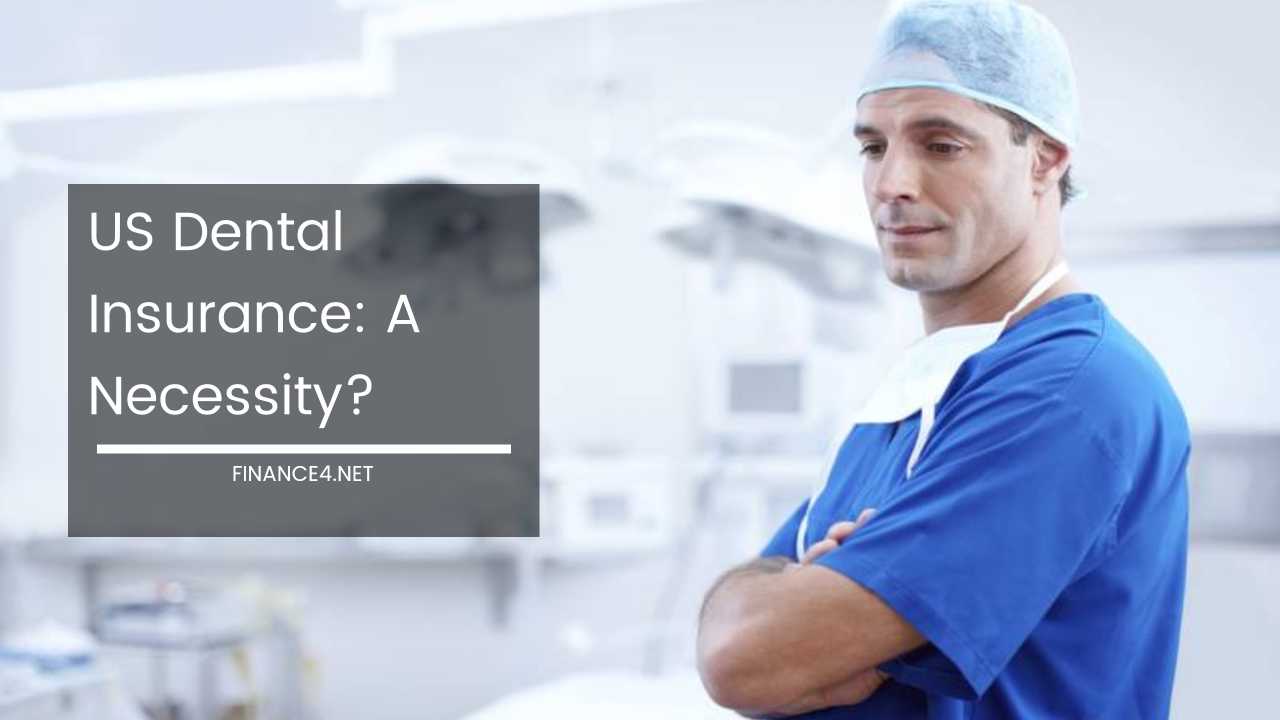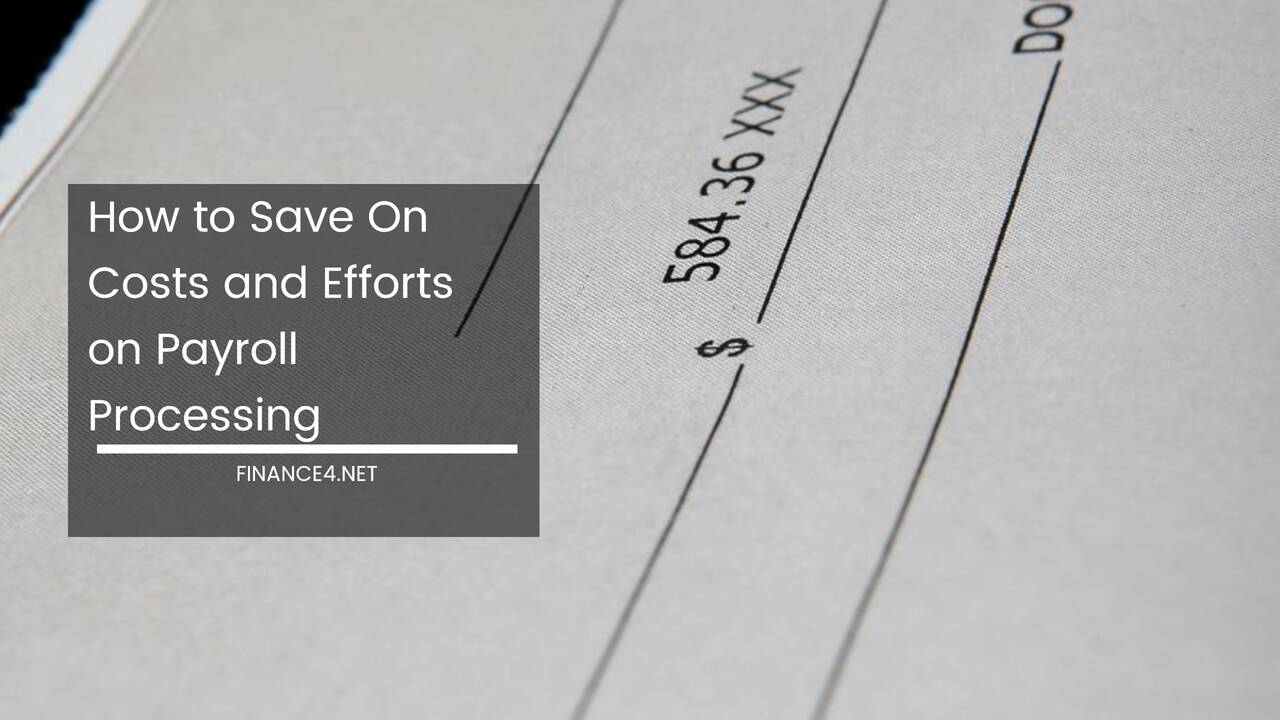US Dental Insurance: A Necessity or a Money Saver?

In the United States, unlike medical insurance, dental insurance remains an optional expense. This leaves many people wondering if it’s a necessary financial burden or a potential way to save money on oral healthcare.
The answer, as with most financial decisions, depends on your individual circumstances. Let’s delve into the latest data and explore the nuances of US dental insurance to see if it makes sense for you.
The Benefits of Dental Insurance
- Preventive Care Powerhouse: Dental insurance typically covers preventive care like cleanings, exams, and X-rays at 100%. Regularly scheduling these appointments with a dentist allows for early detection and treatment of minor issues, preventing them from escalating into expensive problems later. According to the American Dental Association (ADA), neglecting preventive care can lead to a significant increase in costs down the line, potentially outweighing any perceived savings from skipping insurance [https://www.ada.org/].
- Reduced Cost Burden: Dental procedures can be a significant financial strain. Fillings, root canals, and crowns can easily cost hundreds or even thousands of dollars. Dental insurance typically covers a portion of these costs, following a tiered structure. Basic procedures like fillings might be covered at 80%, while major procedures like crowns see a lower coverage (50%). This can significantly reduce your out-of-pocket expenses, especially for unexpected dental emergencies.
- Early Detection Advantage: Regular dental checkups can be crucial for the early detection of oral cancer. Early detection often translates to less expensive and less invasive treatments, increasing the chances of a successful outcome. Early detection can also help prevent the spread of oral cancer to other parts of the body, significantly improving overall health outcomes.
Data-Driven Decisions
A 2023 study by the Health Policy Institute sheds light on the current cost landscape. The study found that the average annual dental insurance premium in the US is $240 per individual and $532 per family [https://www.ada.org/en/resources/research/health-policy-institute].
This translates to roughly $20 per month for an individual and $44 per month for a family. Now, let’s look at the costs of common procedures: a 2022 ADA survey revealed that the average cost of a filling is $150-$600, a root canal is $700-$1,500, and a crown is $1,000-$3,500 [https://www.ada.org/en/resources/practice/practice-management/finances/survey-of-dental-fees].
Making an Informed Choice
So, how do you decide if dental insurance is right for you? Consider these key factors:
- Your Oral Health: Individuals with excellent oral health and a history of infrequent dental work beyond cleanings might be able to forgo insurance and pay out-of-pocket for occasional checkups. However, if you have pre-existing dental conditions, a history of dental problems, or anticipate needing major procedures (e.g., crowns, dentures), insurance can act as a financial safeguard.
- Budgeting for Dental Care: Dental insurance premiums are a recurring cost. Carefully compare the annual premium to the potential cost of procedures you might need based on your oral health history. If the premium is significantly lower than the anticipated cost of your expected dental work, insurance might be a wise investment.
- Understanding the Plan Details: Dental plans are not created equal. Before enrolling in a plan, carefully review the details. Look for factors like coverage percentages for different procedures, annual maximums (the total amount the insurance company pays per year), deductibles (the amount you pay upfront before insurance kicks in), and in-network providers (dentists who have contracted rates with the insurance company). Out-of-network care typically comes with significantly higher costs.
Alternative Approaches to Dental Care
If dental insurance doesn’t seem like a good fit for your current situation, there are alternative ways to manage dental costs:
- Dental Savings Plans: These plans offer discounts on dental services from participating providers in exchange for a yearly membership fee. While they don’t cover costs directly, they can significantly reduce the out-of-pocket expense of dental work.
- Direct Negotiation with Dentists: Many dentists are willing to offer discounts for cash payments or payment plans. This can be a viable option, especially if you don’t have extensive dental work planned.
- Focus on Prevention: Prioritizing good oral hygiene habits is the best way to prevent expensive dental problems in the long run. Brush twice a day, floss daily, and maintain a healthy diet to minimize the risk of future dental issues.
Additional Considerations
- Employer-Sponsored Plans: Many employers offer dental insurance as part of their benefits package. Carefully consider the plan details before opting out. Employer-sponsored plans often have lower premiums due to group negotiations with insurance companies. They can be a great way to obtain dental coverage at a cost-effective rate.
- Public Dental Programs: Certain government programs offer dental coverage for low-income individuals and families. These programs can be lifelines for those who cannot afford dental insurance or out-of-pocket costs. Research eligibility requirements in your area to see if you qualify for any public dental programs.
The Age Factor
Dental needs often change throughout life. Here’s a brief breakdown:
- Children: Dental insurance can be particularly beneficial for children. Regular checkups and cleanings help establish good oral hygiene habits early on, potentially preventing future problems. Many plans offer coverage for fluoride treatments and sealants, which can further protect children’s teeth.
- Adults: Adults with good oral health might find dental savings plans a more cost-effective option for routine care. However, adults with pre-existing conditions or a history of dental issues can benefit significantly from the financial protection offered by dental insurance, especially if they anticipate needing major procedures.
- Seniors: Dental needs often become more complex as we age. Seniors might require dentures, implants, or other specialized procedures that can be very expensive. Dental insurance with higher coverage percentages and annual maximums can be crucial for seniors to manage these costs.
The Bottom Line
Dental insurance can be a valuable tool for managing dental costs, especially for individuals with ongoing oral health needs or those at risk for expensive procedures.
However, it’s not a one-size-fits-all solution. Evaluate your individual circumstances, including your oral health, budget, and the specifics of available plans before making a decision.
Remember, prioritizing good oral hygiene habits is the best way to prevent expensive dental problems in the long run. Regular preventive care can not only save you money but also contribute to your overall health and well-being.
Further Resources
- American Dental Association: https://www.ada.org/
- National Institute of Dental and Craniofacial Research: https://www.nidcr.nih.gov/
- Health Policy Institute: https://academyhealth.org/about/programs/evidence-informed-state-health-policy-institute-0
This article provides a comprehensive overview of US dental insurance, helping you make an informed decision about whether it’s the right choice for you. By understanding the benefits, costs, and alternative options, you can develop a dental care strategy that fits your needs and budget.



